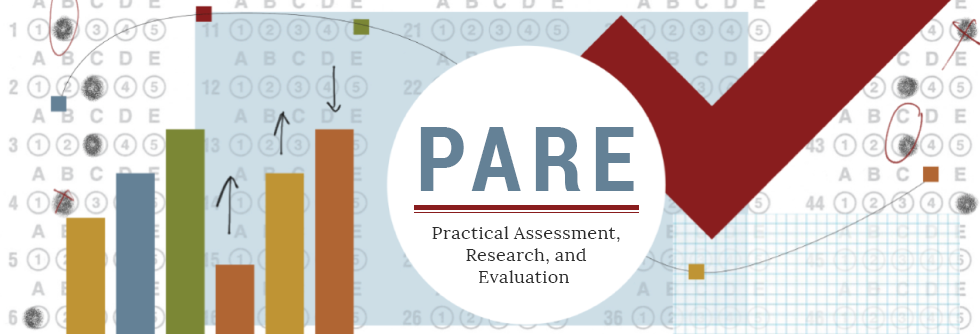Using the Student's t-test with extremely small sample sizes
DOI
https://doi.org/10.7275/e4r6-dj05
Abstract
Researchers occasionally have to work with an extremely small sample size, defined herein as N ≤ 5. Some methodologists have cautioned against using the t-test when the sample size is extremely small, whereas others have suggested that using the t-test is feasible in such a case. The present simulation study estimated the Type I error rate and statistical power of the one- and two-sample t-tests for normally distributed populations and for various distortions such as unequal sample sizes, unequal variances, the combination of unequal sample sizes and unequal variances, and a lognormal population distribution. Ns per group were varied between 2 and 5. Results show that the t-test provides Type I error rates close to the 5% nominal value in most of the cases, and that acceptable power (i.e., 80%) is reached only if the effect size is very large. ... Compared to the regular t-test, the Welch test tends to reduce statistical power and the t-testR yields false positive rates that deviate from 5%. This study further shows that a paired t-test is feasible with extremely small Ns if the within-pair correlation is high. It is concluded that there are no principal.objections to using a t-test with Ns as small as 2. A final cautionary note is made on the credibility of research findings when sample sizes are small. Accessed 123,336 times on https://pareonline.net from August 06, 2013 to December 31, 2019. For downloads from January 1, 2020 forward, please click on the PlumX Metrics link to the right.
Creative Commons License

This work is licensed under a Creative Commons Attribution-NonCommercial-No Derivative Works 4.0 International License.
Recommended Citation
de Winter, J.C.F.
(2019)
"Using the Student's t-test with extremely small sample sizes,"
Practical Assessment, Research, and Evaluation: Vol. 18, Article 10.
DOI: https://doi.org/10.7275/e4r6-dj05
Available at:
https://scholarworks.umass.edu/pare/vol18/iss1/10
